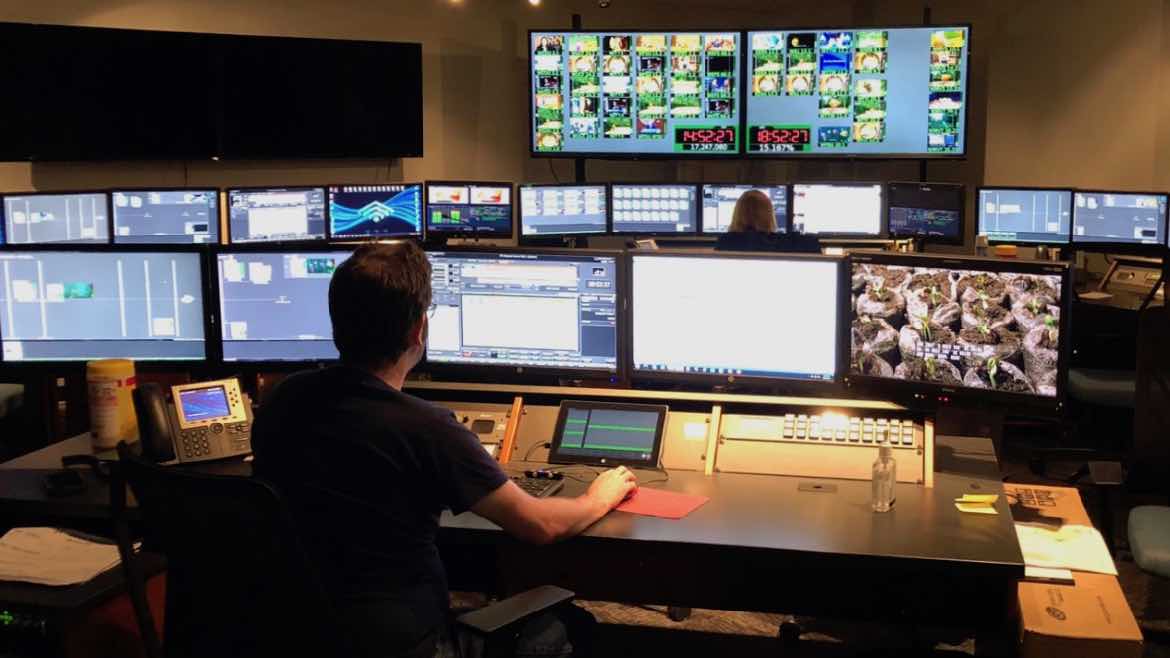Tech
Public Media Venture Group explores ATSC 3.0 project
Single-frequency networks will be an important part of the company's work on the transition to the ATSC 3.0 digital TV system.PBS unveils streaming-video apps for Samsung TVs
Funds from the electronics company backed development of apps customized for its Tizen platform.PRSS plans rollout of next generation of satellite receivers
ATX Networks, a new vendor, will deliver receivers with enhanced internet connectivity and automatic program file retrieval.Aid from Apple would deliver ‘critical mass’ for NPR’s podcast analytics tool
The company has not signed on with Remote Audio Data, which can give podcast producers expanded analytics tracking their listeners' habits.In FCC comments, NPR backs industry plan for reallocating satellite spectrum
NPR said the proposal by the C-Band Alliance "offers a workable, if yet unproven option" for resolving the matter.Satellite companies propose repacking C-band spectrum to enable sales
NPR has urged the FCC to protect public broadcasters using the spectrum to distribute programming.Annual survey highlights ‘big deal’ of smart-speaker adoption
The Public Radio Tech Survey also found strong growth in public radio listening among millennials.Survey finds listening to news an ‘important driver’ for use of smart speakers
Thirty-seven percent of respondents who had listened to news in the week before taking the survey said they had listened to at ...How to use digital tools to archive and verify videos
Reporters now have a slew of free online tools to help separate factual from fake videos, just in time for campaign ad ...Digital team narrows search for developer of universal pubmedia sign-in
At the PMBA Conference, KQED Chief Digital Officer Tim Olson discussed plans for a shared digital infrastructure for public media.Public TV begins transition to new interconnection system
Proponents say the system designed to move content from expensive satellite transponders to a terrestrial fiber-based system will be cheaper and more ...Arizona PBS becomes first pubcaster to test ATSC 3.0
Engineers are examining signal performance, testing interactive functionalities and checking cable integration.Planners of universal sign-in for pubmedia platforms see benefits in understanding audience
A working group convened by CPB has endorsed a systemwide approach to user management, with the goal of enabling products and services ...Station leaders at TechCon weigh moving ahead with ATSC 3.0
Broadcasters expressed optimism about making the transition to the new broadcast standard work for them, even as many raised questions about the ...Joint master controls look to help stations prepare for ATSC 3.0
As public TV engineering leaders navigate their stations through the post-auction channel restructuring and the looming transition to ATSC 3.0, they’ll be ...








